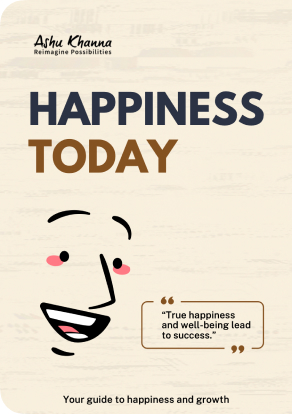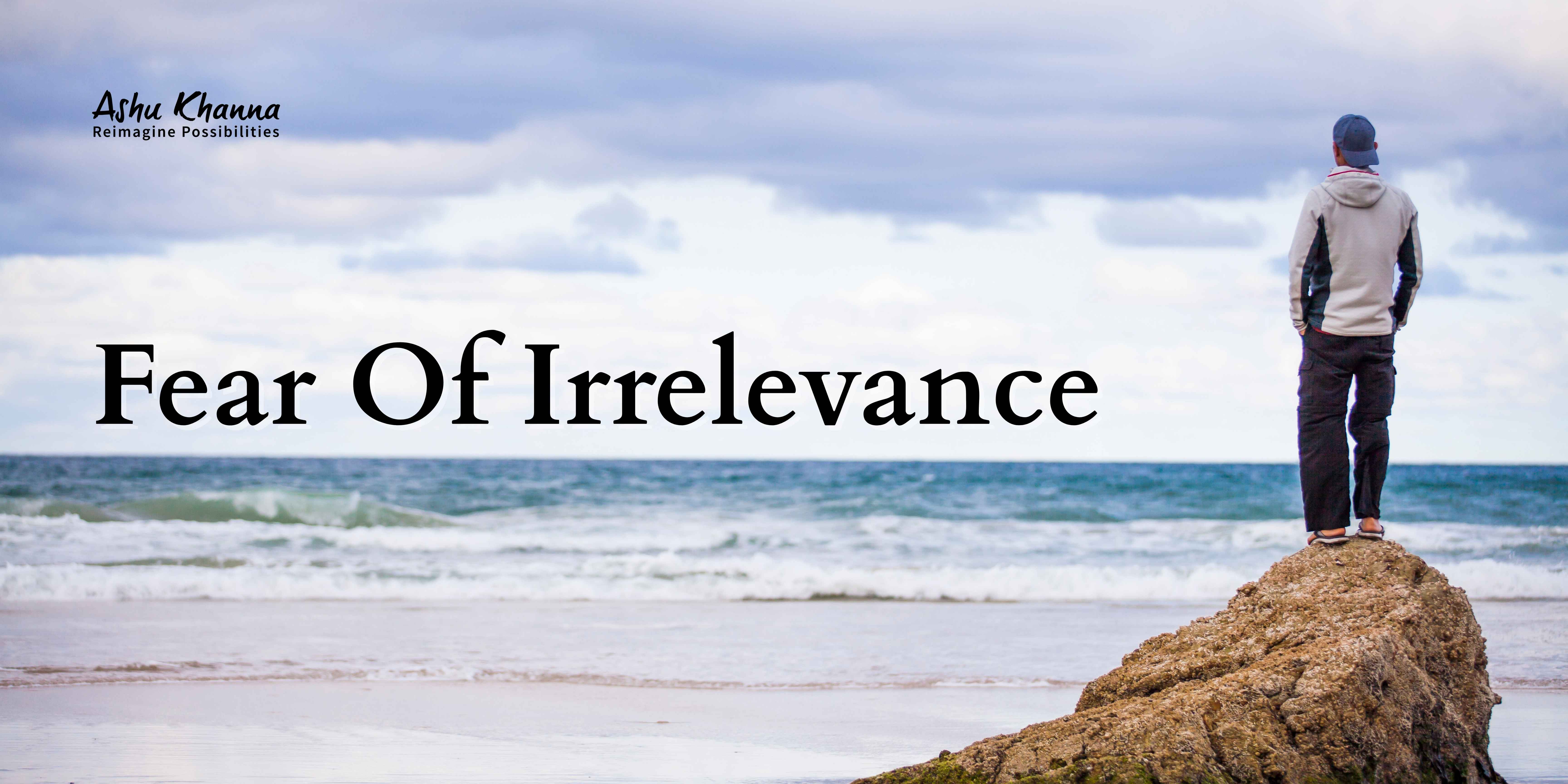
I had made my life an art form of pretending to be strong and suppressing my emotions so as to not appear sensitive or vulnerable. I would then release the emotions either through aggression or outbursts to feel heard and understood. Committing to find my happiness and embracing my true identity has helped to befriend my emotions and enjoy every moment as a beautiful experience. I’m sharing below some tips and reflections on how to process and heal your emotions with awareness and embrace life as a dance of emotions.
Life brings experiences that stir emotions—joy, sorrow, excitement, disappointment. How we handle these emotions influences our inner peace. Are we processing them with awareness, or are we suppressing them under the guise of detachment?
Understanding Detachment vs. Denial
Detachment is often misunderstood. It is not about shutting down emotions or withdrawing from life. True detachment allows us to experience emotions without being controlled by them. It is an active state of mindfulness where we acknowledge, accept, and experience emotions without attachment. Denial or suppression, on the other hand, is an unconscious act of avoidance. It is the mind’s defense mechanism to escape discomfort and pain. Suppressing emotions does not make them disappear; instead, they accumulate, leading to stress, anxiety, and unresolved pain.
How emotional suppression shows up professionally and ways to navigate it with awareness, read our blog Managing Emotions at Workplace
Signs You Are Suppressing Rather Than Processing
Dismissing emotions as ‘not a big deal’ – Brushing aside emotions and burying them as if it doesn't matter.
Avoiding self-reflection – Keeping busy to escape inner dialogue.
Numbness or overreaction – Suppressed emotions either create emotional numbness or surface as unexpected outbursts.
Physical symptoms – Unprocessed emotions manifest as headaches, fatigue, or body aches.
Repetitive patterns – Recurring challenges in relationships or work indicate unresolved emotions.
The Path to Healthy Detachment
Acknowledge and Accept – Observe your emotions without judgment. Identifying them (‘I feel hurt,’ ‘I feel anxious’) allows you to understand and heal them.
Self-Reflection – Spend time journaling or meditating to understand the source of your emotions helps develop self-awareness.
Healthy Expression – Talking to a trusted friend or life coach, seeking therapy, or using creative outlets like writing or art helps in processing emotions.
Breathwork and Mindfulness – Simple breathing exercises and being present in the moment allow emotions to flow without overwhelming you.
Letting Go with Awareness – True detachment means experiencing emotions consciously, rather than pushing them away.
Choosing Transformation Over Avoidance
Growth happens when we embrace emotions with awareness. Pain, disappointment, and fear are natural parts of life. When processed with openness, they become lessons. When denied, they become burdens. Detachment is freedom, not from emotions, but from their control over us. It empowers us to move through life with clarity and strength, leading to genuine happiness. This mindset reflects the power of positive thinking and the science of happiness.
So, ask yourself—are you allowing emotions to pass through you, or are you building walls to keep them out?



